p. 154
R. W. M.–The Right Worshipful Master’s Station in the Lodge?
S. G. W.–In the east, Right Worshipful.
R. W. M.–His duty there, Brother Senior?
S. G. W.–As the sun rises in the east, to open and adorn the day, so rises the Right Worshipful Master in the east to open and adorn his Lodge, and set the craft to work, with proper instructions for their labor.
R. W. M. (rising.)–After that manner so do I. It is my will and pleasure that a Lodge of Mark Master Masons be opened in this place, for the dispatch of business. Brother Senior, you will please communicate the same to the Junior Grand Warden
in the south, that the brethren may have due and timely notice thereof.
S. G. W. (to Junior.)–Brother Junior, it is the Right Worshipful Master’s order that a Lodge of Mark Master Masons be opened in this place, for the dispatch of business. You will please inform the brethren thereof.
p. 155
J. G. W. (giving three raps with the gavel (• • •).–Brethren, it is the Right Worshipful Master’s order that a Lodge of Mark Master Masons be opened in this place, for the dispatch of business. You are ordered to take due notice thereof, and govern yourselves accordingly.
R. W. M.–Attend to the signs, brethren.
Here the Right Worshipful Master gives all the signs, in their regular order, from the Entered Apprentice to Mark Master, the brethren all imitating him. (For signs of the Entered Apprentice, or First Degree, see Figs. 1 and 2; for signs of the Fellow Craft, or Second Degree, see Figs. 3 and 4; and for signs of Master Mason, or Third Degree, see Figs. 5, 6, and 7, pp. 16, 17, and 18.)
After the duegard and sign of the Entered Apprentice, the duegard and sign of the Fellow Craft, and the duegard, sign, and grand hailing sign of the Master Mason are given in their regular order, then the Mark Master’s signs are given. First, the HEAVE-OVER, which is given as follows:–
Place the flat back of the right hand in the flat palm of the left hand, and hold them down in front opposite to the right hip, then bring them up to the left shoulder with a quick motion, as though you were throwing something over your left shoulder. In putting your hands together, do so with a sharp slap, the palms facing your shoulder. In old times this sign was made by interlacing the fingers. (See Richardson’s Monitor.) This sign is called the Heave-over, and alludes to the rejection of the keystone in this Degree. (See Fig. 19.)
The second sign is made as follows:
After having made the first sign, drop the arms to each side of the body, and clinch the last two fingers of the right hand, leaving the first two and thumb open, parallel with each other, and about one inch apart. This alludes to the manner in which the candidate is directed to carry the keystone. You then raise the right hand rapidly to the right ear, still holding the thumb and first two fingers open, and with a circular motion of the hand pass the fingers around the ear, as thought you were combing back your earlock, the ear passing between the two fingers and thumb. (See Fig. 20.) This sign alludes to a penalty of the obligation, to have the ear smitten off.
After having completed the sign, as just described, drop the right hand a little to the right side, about as high up as the waist, the palm open and horizontal, and, at the same time, lift up the left hand and bring it down edgewise and vertically upon the wrist of the right. (See Fig. 21.) These motions must all

Moe is the founder of GnosticWarrior.com. He is a father, husband, author, martial arts black belt, and an expert in Gnosticism, the occult, and esotericism.

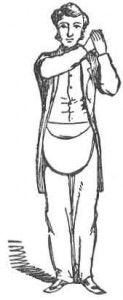
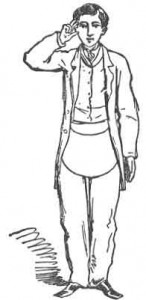

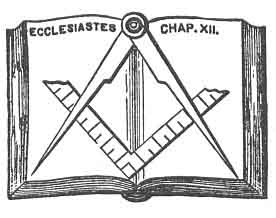
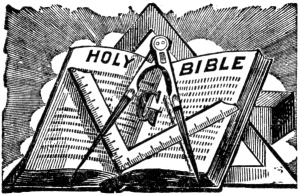
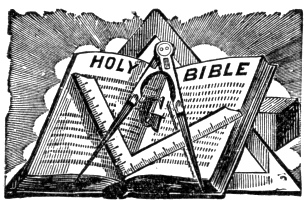
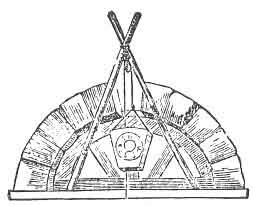
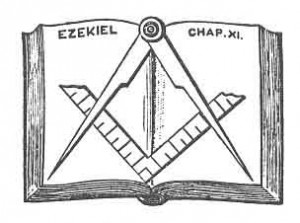
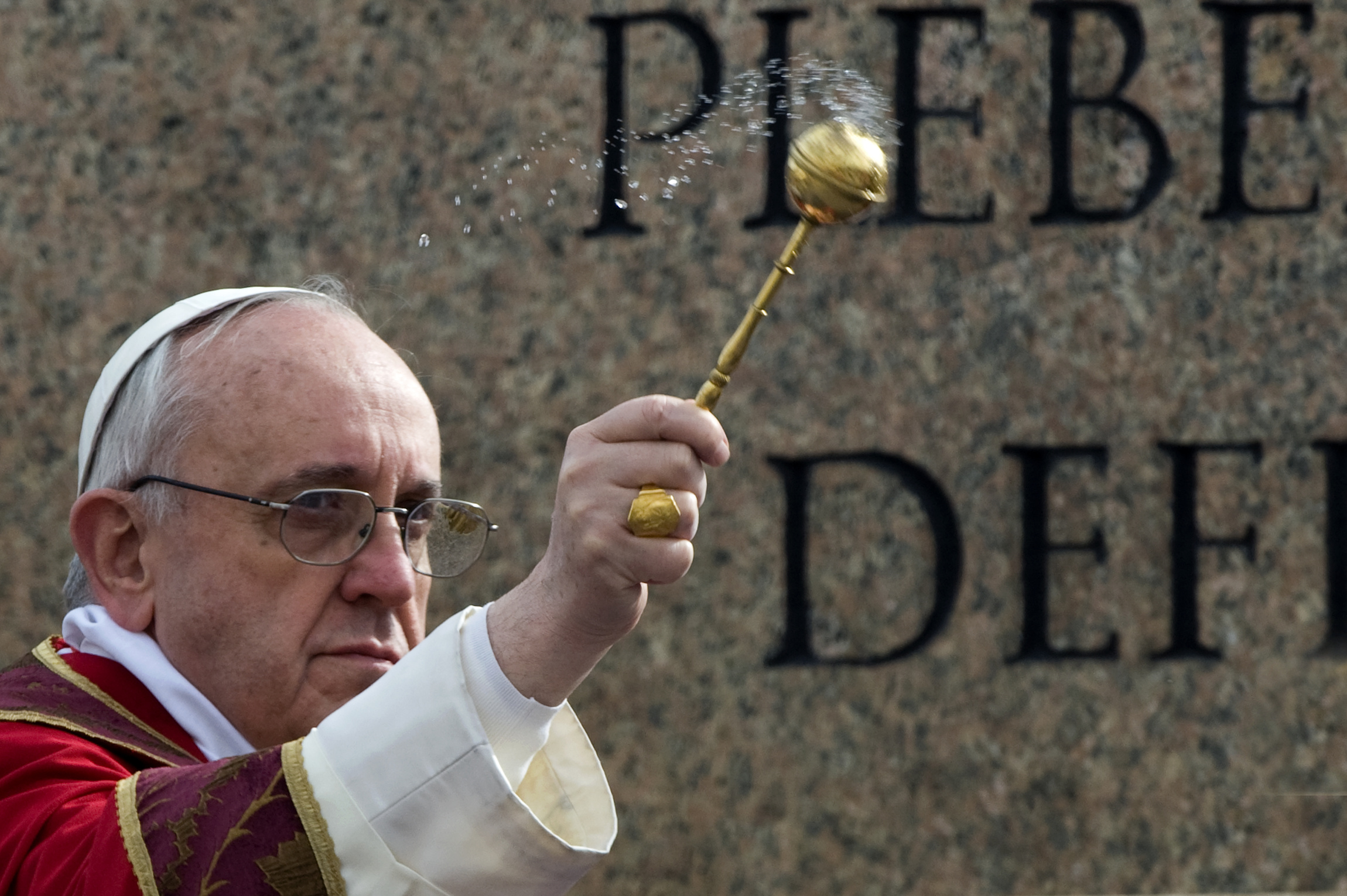
I enjoy reading and gaining knowledge to better thyself as well as our surroundings. It is crucial for us to continue the knowledge in order to fully give life freely.